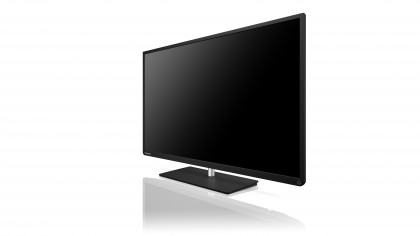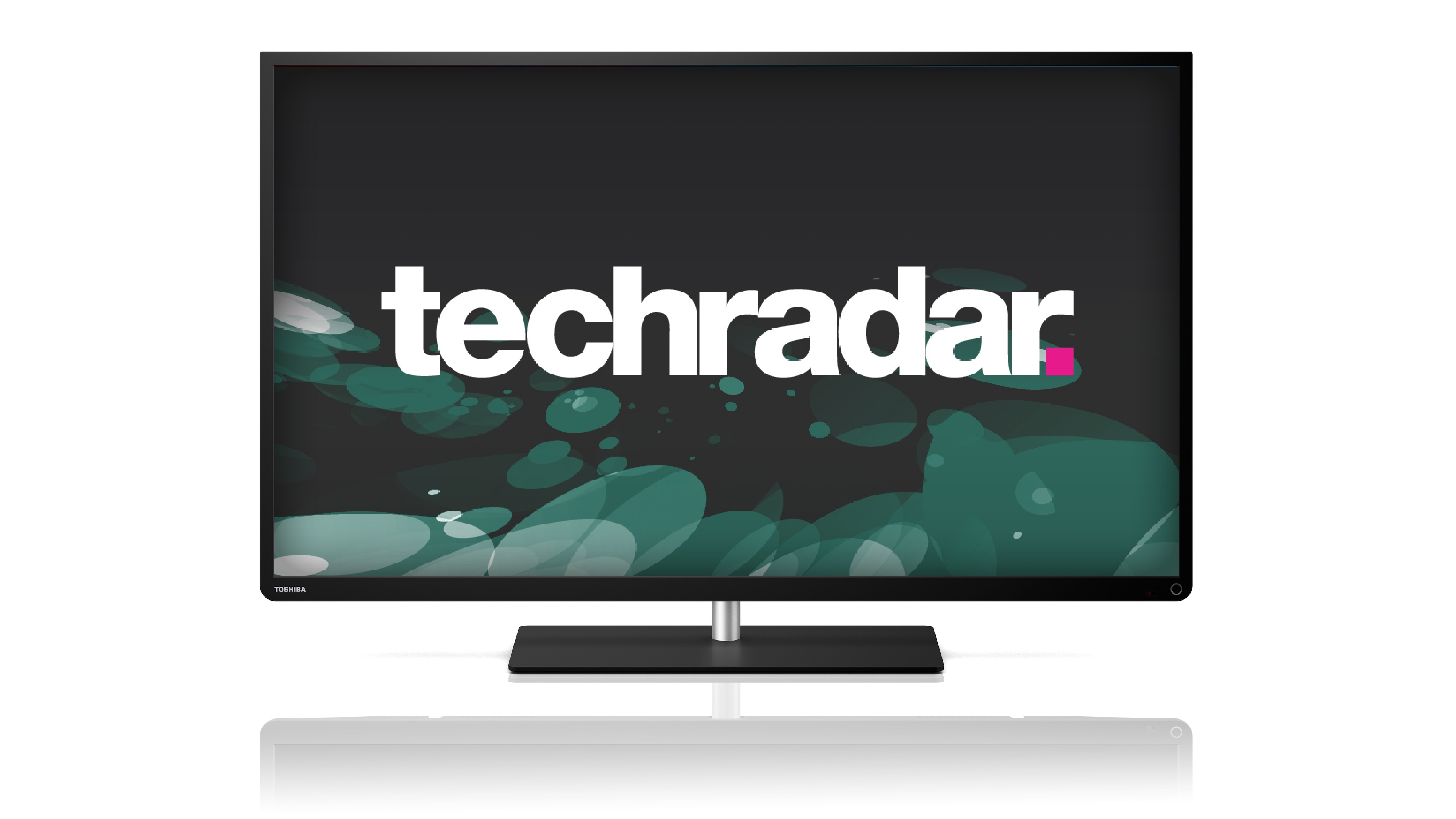Why you can trust TechRadar
In many ways the 50L4353's pictures slightly exceed expectations raised by its cheap as chips price, but are ultimately let down by one hard-to-ignore flaw.
Starting with the good points, it's a relief to find the 50L4353 doing a respectable – though not, it must be said, emphatic – job of serving up the sort of detailing with HD sources that we expect to see. The image's potential crispness is reduced a bit by signs of resolution loss over moving objects. But the onboard 100Hz system ensures that this loss of resolution is only mildly disappointing rather than a persistent distraction. Certainly the set's motion issues don't go so far as to result in the sort of motion smearing we sometimes see at the budget end of the market.
Even standard definition pictures look quite sharp on the 50L4353 – so long, that is, as you apply Toshiba's Resolution+ video upscaling engine to them. There is a downside to using Resolution+, though, in that it's not as clever at processing out source noise as some rival engines, at least when it's having to deal with notoriously noisy Freeview standard def broadcasts. It's a pity, too, that the 50L4353 doesn't give you any control over how Resolution+ affects pictures.

Turning to colour response, the 50L4353 has the colour management tools on board to adjust tones to almost any settings you like - including the established industry standards. This is good to see on such a cheap TV.
Also impressive is how dynamic and vibrant colours look, even when the set is having to reduce its light output to try and deliver a scene that's predominantly dark. There's a slightly plasticky look to skin tones at times caused by a lack of colour blend refinement. But this is a relatively small issue that's pretty typical of the budget TV world.
There is a problem with colours, though: tones tend to look less authentic during dark scenes. The reason for this is that the 50L4353's black level response isn't particularly hot, leaving dark pictures and dark parts of pictures looking rather greyed over – a greyness which inevitably infiltrates the appearance of whatever colours are appearing in those dark scenes or areas.
The 50L4353's difficulties with delivering a believable black colour have a further knock-on effect, too. For it's noticeable that there isn't much shadow detail to be seen, leaving dark scenes feeling frustratingly shallow and hollow – not ideal if you're after a TV for watching films on.
Yet another problem with dark scenes on the 50L4353 is that the TV has a pretty limited viewing angle you can watch from before contrast starts to look uneven or reduced.
While the 50L4353 struggles a bit with dark scenes, though, it's better than many budget sets with bright content of the sort that occupies the majority of the broadcast TV schedule thanks to its innate crispness and colour 'pop'.
One last aspect of the 50L4353's picture performance to cover is input lag – the amount of time it takes a screen to render an image after receiving image data at its inputs. On the 50L4353 we measured an input lag of 33ms using the set's Game preset, which is happily one of the lower figures we've come across on the current crop of TVs. So if you're having a bad night on Call of Duty and you're playing on a 50L4353, you've really got nobody to blame but yourself.
John has been writing about home entertainment technology for more than two decades - an especially impressive feat considering he still claims to only be 35 years old (yeah, right). In that time he’s reviewed hundreds if not thousands of TVs, projectors and speakers, and spent frankly far too long sitting by himself in a dark room.

